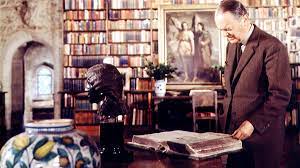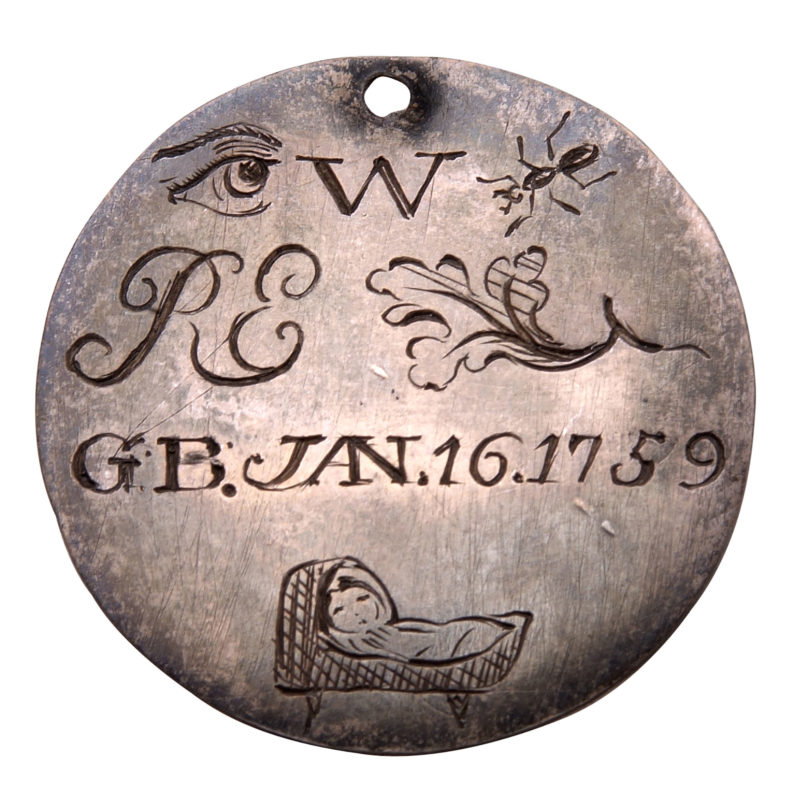
Sir Thomas Coram spent seventeen years raising money and awareness of the plight of London’s street children, many left abandoned to die on the streets. In 1739, his determination led to the foundation of the Foundling Hospital, the first ever children’s charity and orphanage. The Foundling Museum now celebrates his achievement…
I’ve heard it called ‘the saddest museum in London’ and there are some extremely poignant exhibits, such as the ‘tokens’ left by mothers with the hope of one day being reunited with their child:
An engraved coin, a piece of fabric from a dress, a small thimble…
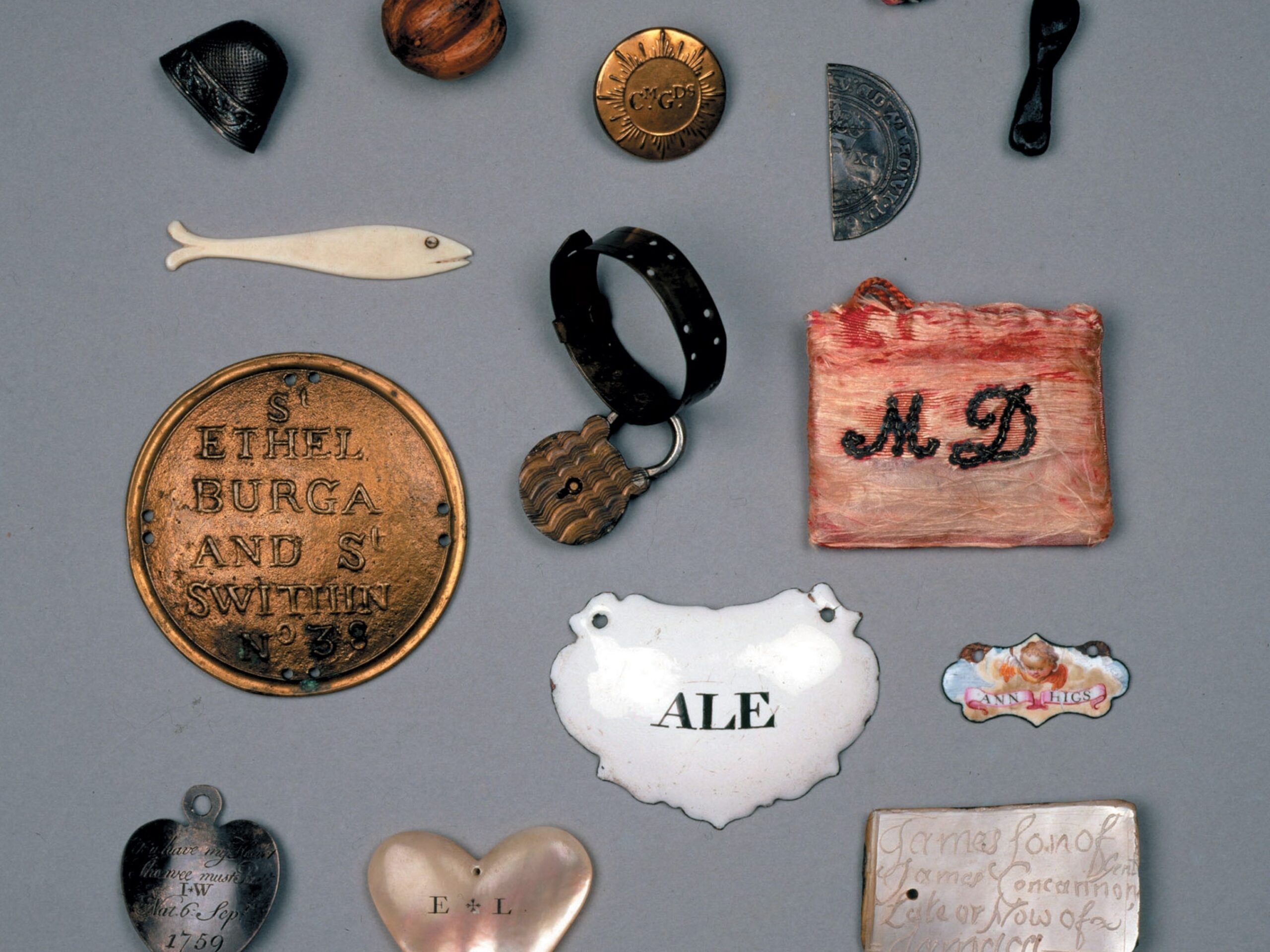
However, for me, the story of the Foundling Hospital is one of inspirational persistence – of the transformation of young lives. With this theme in mind, we must step through a door inscribed with the names of fictional orphans:
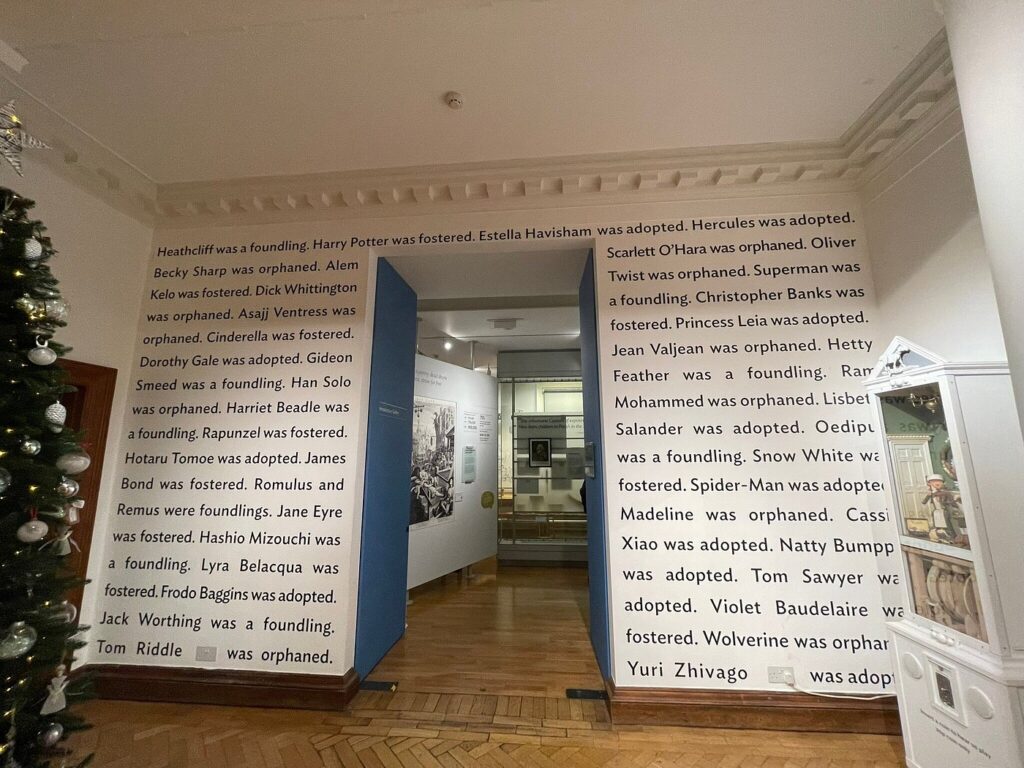
We are taken through almost 300 years of social history – as Coram’s vision continues to help generations of the most vulnerable children to this day.
Although he never had his own children, those he helped were all, in a sense, his.
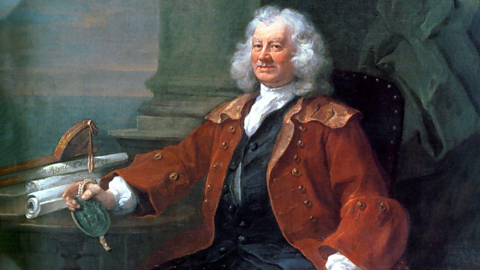
Coram enlisted the help of some of the great painters of the day, such as Hogarth – whose paintings can be viewed at the museum (the hospital also became the countries first public art gallery). He also gained the help of composers, most notably Handel, who pledged the proceeds of his masterpiece ‘Messiah’ to the continued running of the orphanage.
So I end with ‘Messiah’ and this beautiful rendition of ‘How beautiful are the feet’:

